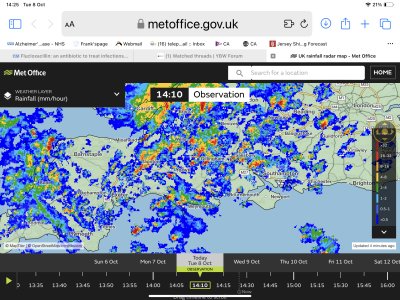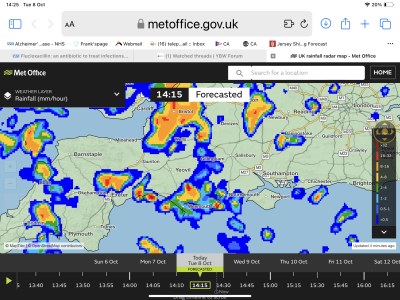franksingleton
Well-known member
You have many less technical product owners. Accuweather, Weather Channel, Netweather, MetDesk, Windy, Ventusky, PredictWind, Meteocondult, etc etc there are many more. Perhaps you should ask some of these to do a better job.My point wasn't that it should be perfect, and neither was I attacking weather pros specifically. The problem is that consumers have identified a problem that seems to be consistent and the response has effectively been to tell those consumers they don't understand how weather forecasting works. It's the expert problem I was describing. Sometimes it's good to have a less technical product owner between the experts and the consumers for this very reason.


